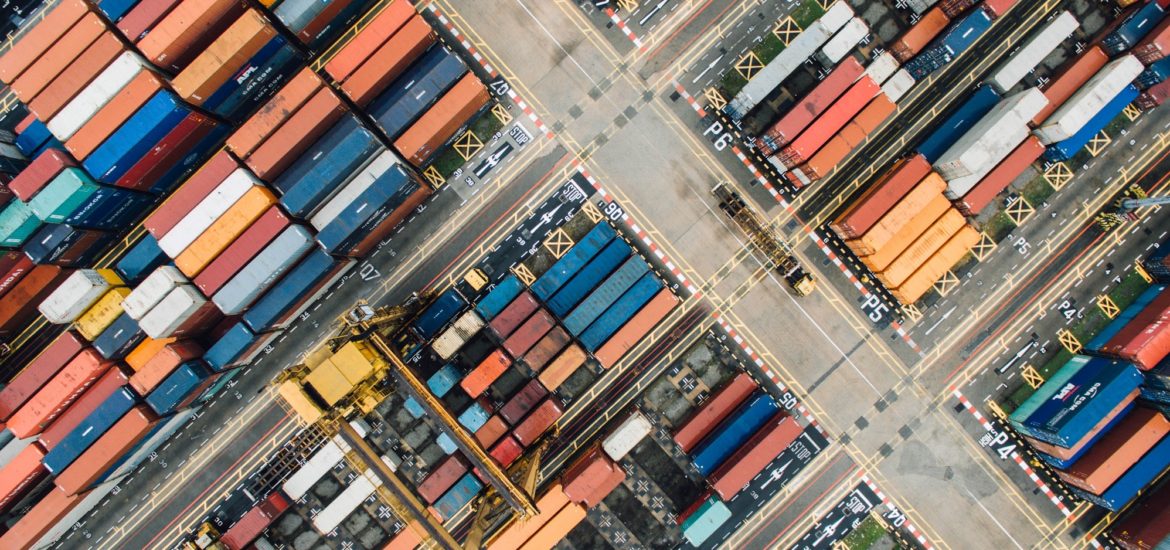COVID-19 has forced both domestic and multinational companies to re-think the way they source materials and supplies in order to get inventory to the marketplace as quickly as possible. But the immediacy of having to act in response to the coronavirus pandemic also affords businesses the opportunity to evaluate and identify inefficiencies in their supply chain so they can implement better operational strategies going forward. Firms are currently struggling with a variety of issues. One common theme is replacing or augmenting manual processes which are dependent on the action of individuals. For example, manually inputting information—whether it be for purposes of filling orders or completing a multitude of tasks—can get easily delayed and slow the supply chain process. The cause may be that people simply cannot work from home, or perhaps they do not have remote access to the tools needed to fully perform their role in the chain. These are issues that are generally problematic, but heightened even further in a time such as this where businesses are struggling financially. Disruptions can also occur in one form or the other due to coronavirus-related transportation restrictions, such as a failure to secure materials needed for production, or the inability to fulfil shifting customer demand. Businesses generally know the production and shipment schedules for their tier 1 suppliers, but may not know details of additional suppliers in the chain. Additionally, functions involving physical acts, such as wet signatures on documents, bills of lading, paper printouts and/or notices that must be filled out by hand, etc. have all been compromised by the coronavirus for safety reasons; but this also demonstrates how dependent on these items/processes the supply chain might be, and how quickly the chain can be halted.
Click here to learn more.
